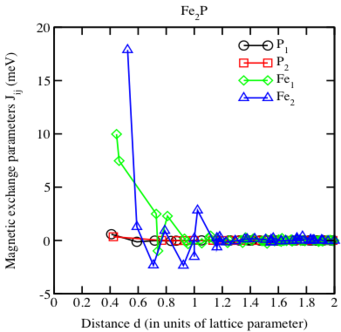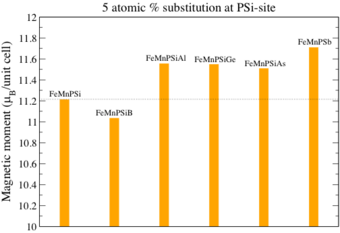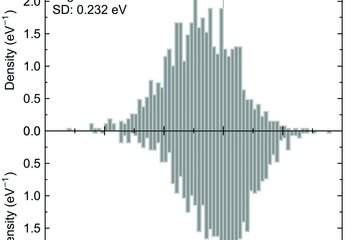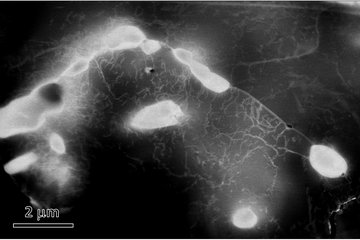Ab initio investigation of magnetic properties of magnetocaloric materials
Since the discovery of giant magnetocaloric effect (MCE) in Gd5(Si2Ge2), a large number of investigations has been performed on magnetocaloric materials. The origin of this widespread interest lies in the prospect of making an efficient solid-state refrigerator operating at room temperature using materials exhibiting MCE. While significant progress in the understanding of magnetocaloric materials have been made in the few years, most of the known materials do not completely meet the essential requirements (e.g., large entropy change close to room temperature, low hysteresis etc.) necessary for practical applications. The main goal of the current project is to identify magnetocaloric materials with larger magnetic entropy change at the transition temperature.
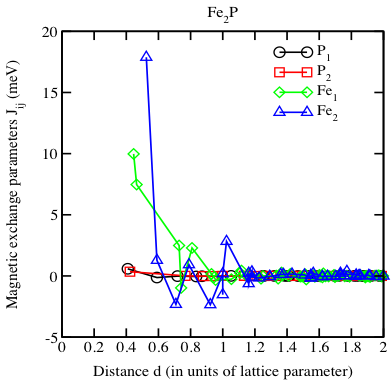
Fig. 1. Magnetic exchange parameters between Fe at 3g-site (Fe2) and the rest of the atoms in Fe2P.
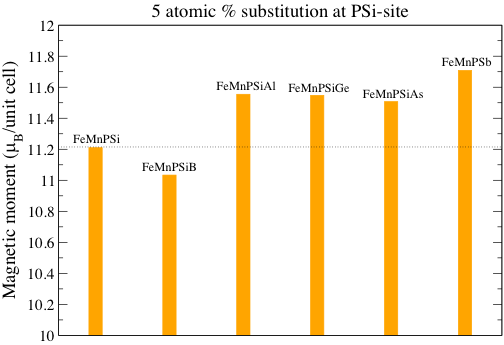
Fig. 2. Magnetic moment/unit cell due to small atomic substitution at the P and Si site in Mn-Fe-P-Si alloy.
State-of-the-art first-principles calculations will be used to get information on magnetic properties such as magnetic moment, magnetic exchange parameters etc. As potential candidates, we will start with Fe2P-based materials which are one of the most promising magnetocaloric materials. In ordered Fe2P, the two Fe atoms have significantly different magnetic moments with the Fe atom at the 3g-site having larger magnetic moment and magnetic exchange interactions (Fig. 1). Magnetic and magnetocaloric properties of Fe2P have recently been improved significantly by doping with Mn and Si. However, the search for new doping elements and the concentration regime which can yield further improvement in magnetocaloric properties is the focus of our investigations (Fig. 2). Such a study requires quick and reliable estimation of different magnetic properties such as magnetic moment, magnetic exchange parameter and Curie temperature for many compositions. We will achieve this by combining first-principles calculations with coherent potential approximation (CPA) for addressing chemical disorder and disordered local moment (DLM) approach for treating magnetic excitations. We will employ this computational scheme to magnetocaloric materials beyond the Fe2P-based systems such as magnetic Heusler alloys with the goal to identify new potential materials with improved MCE.
